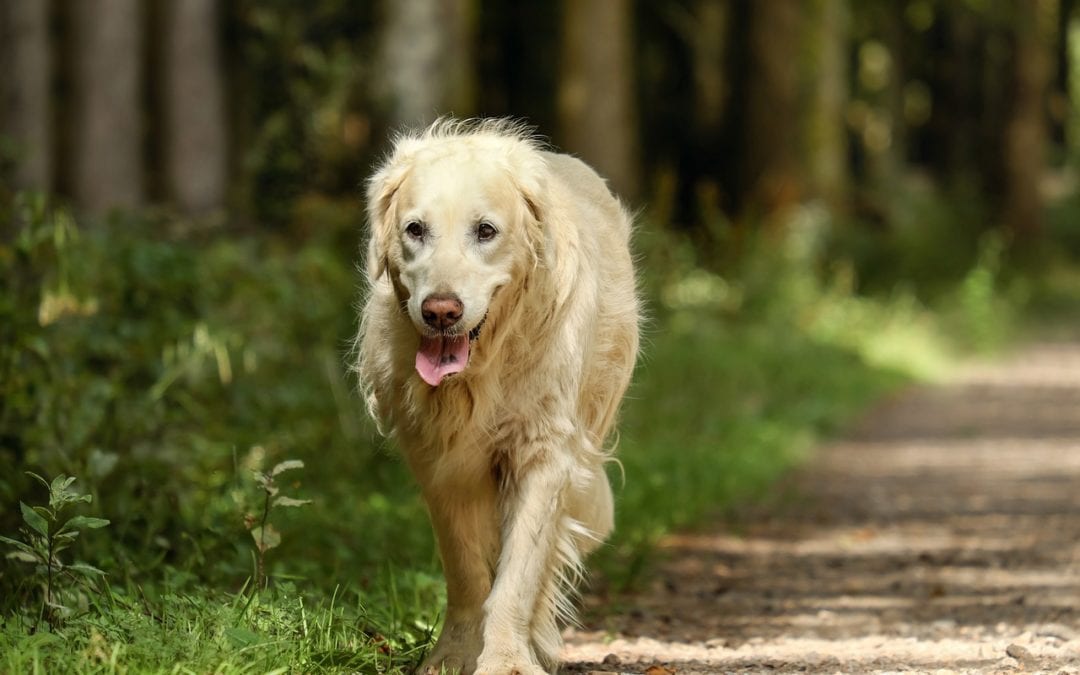Are you the proud pet parent of a flagging feline or a passive pooch? In other words, have you found that your pet’s activity levels have decreased in his or her later years? Or maybe your pet is young but spending too much time sleeping and not enough time playing and has put on a few pounds?
There are a variety of reasons why a pet’s energy and activity levels could decrease. Two of the most common causes are age and a general lack of exercise. Fortunately, you can help your pet overcome their sluggishness with some relatively simple lifestyle changes.
How Much Should My Senior Pet Be Exercising?
If you’ve noticed that your senior pet has started to avoid activities such as playing or running, or seems to have mobility issues in general, they may be suffering from arthritis or other age-related stiffness or pain.
It’s important to bring your pet in for a wellness visit before you institute any change in routine so we can identify the cause of the decrease in energy/activity.
At ULVH, we have access to a variety of techniques to manage your pet’s arthritis pain or stiffness, and can also recommend simple ways to improve an arthritic or aging pet’s quality of life such as raised feeding platforms and orthopedic pet beds.
Get Moving
Exercise is a key component of health and wellness for pets of any age, but for senior pets it can be especially important as a way to:
Keep weight down – Extra pounds can put undue strain on bones, joints, and organs
Increase mobility – Evidence suggests that, besides increasing strength and energy levels, daily exercise could actually reduce joint pain in senior pets.
Fitness Tips For Senior Pets
Once your veterinarian has cleared your pet for exercise, it’s time to get moving! Try the following ideas to get your favorite senior up and at ‘em:
Check out our canine rehabilitation center, where we offer supportive therapy for arthritic pets and those struggling with weight loss.Swimming is a wonderful way for a senior pet to get a low-impact workout.Don’t be afraid of hills! Walking uphill works your pet’s hind legs, a critical muscle group for strength and mobility.Engage your pet’s natural foraging instincts while burning calories at the same time by hiding his or her kibble around the home or yard.Pay close attention to your pet’s response to exercise both during and after. Don’t be afraid to modify the intensity or length of exercise sessions to meet your senior pet’s changing needs.
Energy Begets Energy
It sounds counterintuitive, but the best way to get pets of any age (and yourself) off the couch and moving is to just…start! The first step is always the hardest, but once you establish a routine of regular physical activity for your pet you will likely notice a significant increase in his or her energy level over time. Pretty soon your pet will be pulling you out the door for a walk, rather than the other way around.
Your team at ULVH is here to support you in establishing healthy lifestyle patterns for your furry friends. Give us a call with questions or to schedule an appointment!

